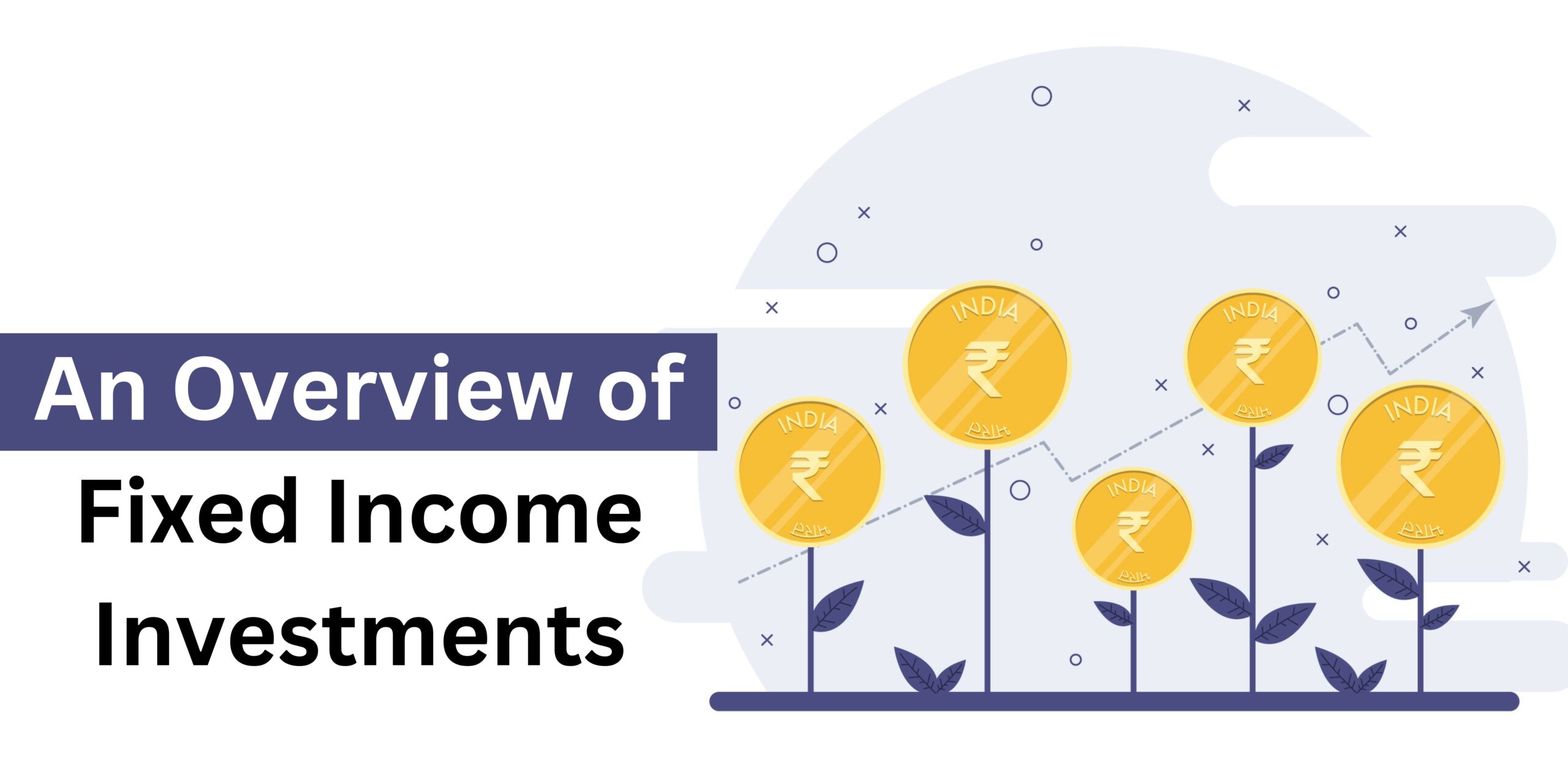Unlocking Wealth and Tax Benefits: A Comprehensive Guide to Equity Linked Savings Schemes (ELSS)
Mutual funds have revolutionized the investment landscape by pooling investors’ money into diversified portfolios. One notable member of this financial family is the Equity Linked Saving Scheme (ELSS), a unique mutual fund offering that combines enticing features for investors seeking returns and tax benefits. ELSS allocates a significant 80% of its corpus to equity, promising substantial returns, while the remaining 20% is devoted to fixed income instruments, ensuring capital protection and risk mitigation.
Among its attractive attributes is the tax deduction advantage. ELSS investors enjoy tax exemption up to Rs 1,50,000 under Section 80C of the Income Tax Act, 1961, leading to substantial savings in taxable income. This deduction, when combined with other tax benefits, can lead to significant annual tax savings of up to Rs 46,800, providing a strong incentive for investors to participate.




